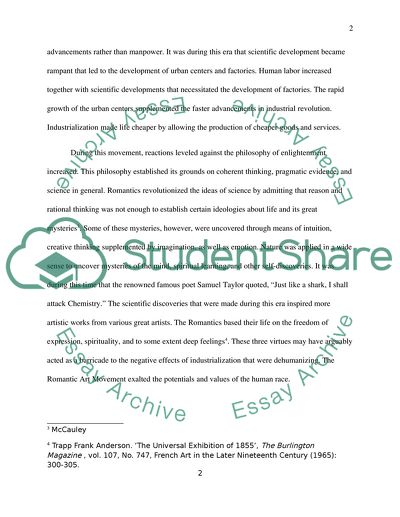Cite this document
(“Romantic art movement and Science Essay Example | Topics and Well Written Essays - 1250 words”, n.d.)
Romantic art movement and Science Essay Example | Topics and Well Written Essays - 1250 words. Retrieved from https://studentshare.org/visual-arts-film-studies/1698588-romantic-art-movement-and-science
Romantic art movement and Science Essay Example | Topics and Well Written Essays - 1250 words. Retrieved from https://studentshare.org/visual-arts-film-studies/1698588-romantic-art-movement-and-science
(Romantic Art Movement and Science Essay Example | Topics and Well Written Essays - 1250 Words)
Romantic Art Movement and Science Essay Example | Topics and Well Written Essays - 1250 Words. https://studentshare.org/visual-arts-film-studies/1698588-romantic-art-movement-and-science.
Romantic Art Movement and Science Essay Example | Topics and Well Written Essays - 1250 Words. https://studentshare.org/visual-arts-film-studies/1698588-romantic-art-movement-and-science.
“Romantic Art Movement and Science Essay Example | Topics and Well Written Essays - 1250 Words”, n.d. https://studentshare.org/visual-arts-film-studies/1698588-romantic-art-movement-and-science.


